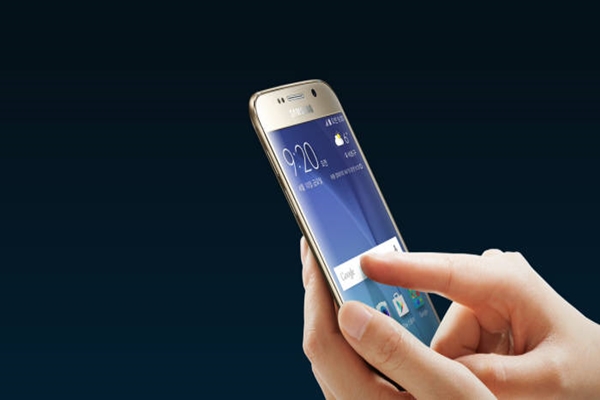It is predicted that Samsung Electronics’ Galaxy Note, which is supposed to be released next month, is going to be thinner and lighter than the previous model because film-type touch sensor, which had been attached to displays until now, is going to be part of a display. As Samsung Electronics internalizes its sensors, which had been supplied as separate parts, there will be negative impact on rear-end industries.
According to an industry on the 12th, it is confirmed that a new touch display technology is engrafted into new Galaxy Note. Major point of this technology, which is called Y-OCTA, is to implement touch sensors during a process of manufacturing displays.
Samsung had been using films to implement touch technology on flexible displays that are bent like Galaxy S7 Edge and a method that attaches electrodes, which are formed on top of films, onto displays.
Samsung is giving a change to upcoming new Galaxy Note. Instead of using films, it has newly developed and applied a technology that forms electrodes onto passivation, which is located inside of a display.

Major point of Y-OCTA technology is to implement touch sensors during a process of manufacturing of displays right away. By taking care of manufacturing of panels and touch functions during single process, a business can reduce production cost. Samsung had been receiving film-type touch sensors from outer businesses and now it can manufacture thinner and lighter displays while not using films.
On the other hand, touch industries are going to be negatively affected by this outcome. Because Samsung has developed a touch technology that does not use films and internalized it into Galaxy Note, there will be lesser opportunities for these industries to supply parts to Samsung. It is heard that Samsung will apply Y-OCTA technology to later models of Galaxy S7 as well.
Long-term forecast for these industries is also not too bright as there are high chances that new technologies will be applied to flexible displays and Smartphones that are put out by Samsung Display and Samsung Electronics.
Displays based on Y-OCTA technology will be made by Samsung Display while Samsung Electronics is planning to produce new Galaxy Notes based on these displays. It is heard that Dual-Edge display that has both sides of a screen bent will be used for new Galaxy Notes.
Samsung did not confirm any details on whether or not it has developed new displays and whether or not it will apply them to Galaxy Notes. “We cannot confirm any details regarding information of our technologies and partners.” said a representative for Samsung Display.
Staff Reporter Yun, Keonil | benyun@etnews.com